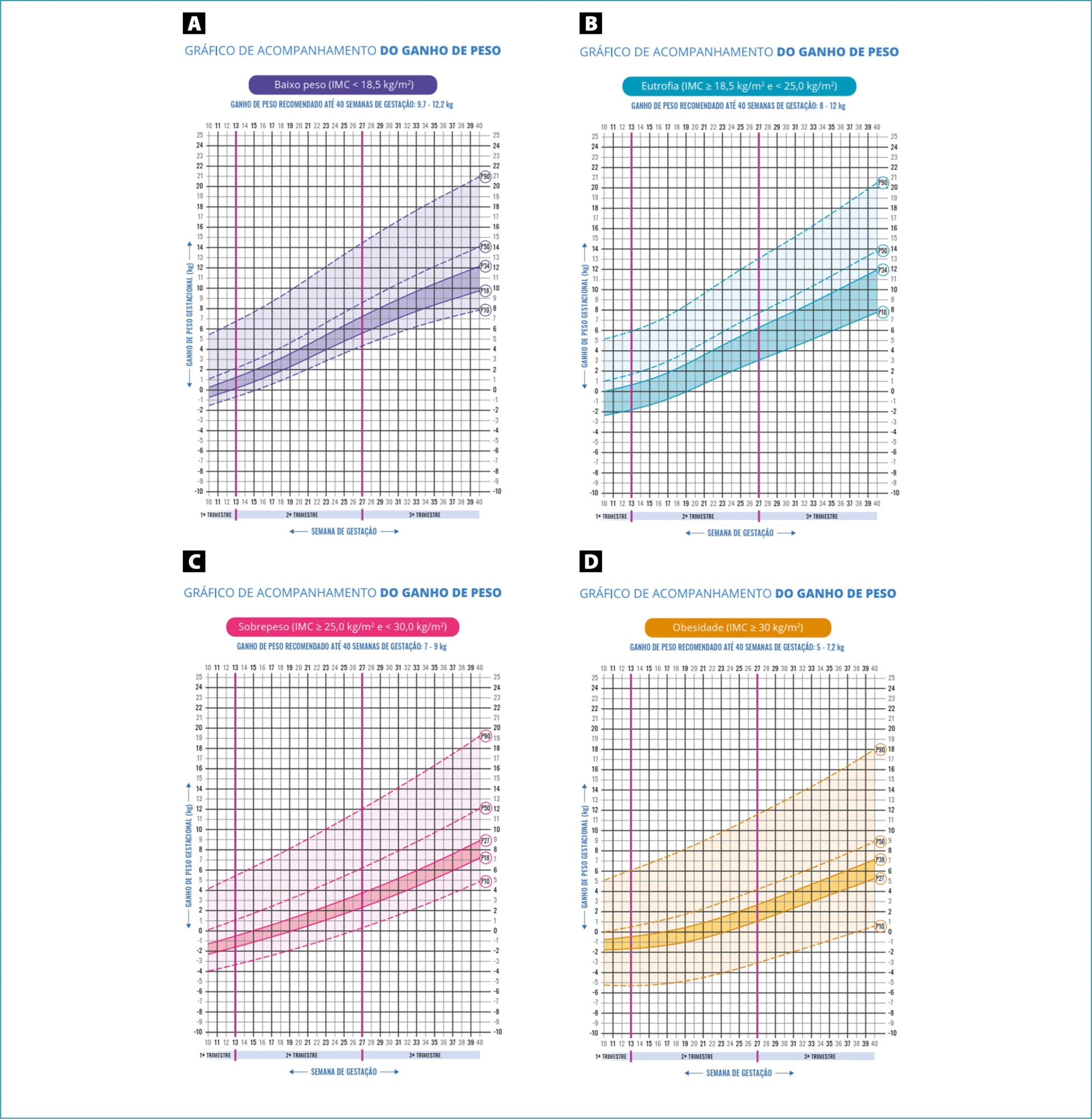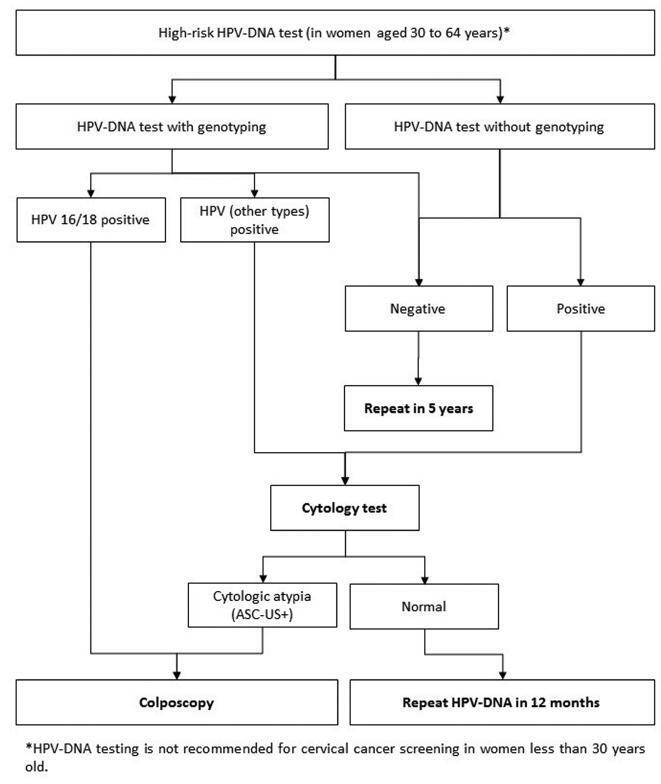-
Original Article10-13-2000
Effects of tamoxifen and conjugated estrogens on the mammary epithelium of rats in persistent estrus
Revista Brasileira de Ginecologia e Obstetrícia. 2000;22(1):33-36
Abstract
Original ArticleEffects of tamoxifen and conjugated estrogens on the mammary epithelium of rats in persistent estrus
Revista Brasileira de Ginecologia e Obstetrícia. 2000;22(1):33-36
DOI 10.1590/S0100-72032000000100006
Views173See morePurpose: to evaluate the morphologic and morphometric alterations produced by tamoxifen and conjugated estrogens in the mammary epithelium of rats in persistent estrus. Methods: thirty-three adult female rats in persistent estrus induced with 1.25 mg testosterone propionate were divided at random into three groups: GI — which received only water, control group (n = 12); GII — treated with 500 mug tamoxifen daily (n = 10); GIII — treated with 30 mug conjugated estrogens per day (n = 11). The first inguinal-abdominal pair of mammary glands of the animals was extirpated and processed for morphologic and morphometric study. Data were analyzed statistically by the Kruskal-Wallis rank analysis of variance (p < 0.05). Results: the morphologic study revealed signs of epithelial atrophy and the morphometric study showed a statistically significant reduction in the mean number of ducts and alveoli in groups II (10.1 and 1.9, respectively) and III (11.1 and 3.5, respectively) compared to group I (25.0 and 6.6, respectively). There was no significant difference between groups II and III. Conclusions: the results of this study indicate that tamoxifen as well as conjugated estrogens at the tested doses produced mammary epithelial atrophy in rats in persistent estrus.
PlumX Metrics
- Citations
- Citation Indexes: 3
- Usage
- Full Text Views: 9599
- Abstract Views: 455
- Captures
- Readers: 4
-
Original Article10-13-2000
Is it safe to withold magnesium sulfate in preeclamptic women?
Revista Brasileira de Ginecologia e Obstetrícia. 2000;22(1):13-17
Abstract
Original ArticleIs it safe to withold magnesium sulfate in preeclamptic women?
Revista Brasileira de Ginecologia e Obstetrícia. 2000;22(1):13-17
DOI 10.1590/S0100-72032000000100003
Views94See morePurpose: to determine magnesium sulfate effectiveness to prevent eclamptic seizures in pregnant women diagnosed with preeclampsia. Methods: a case-control study involving 489 pregnant patients admitted to the Hospital de Clínicas de Porto Alegre (HCPA) with the diagnosis of hypertension between January 1990 and January 1997. The patients were divided into two groups: those who received magnesium sulfate (Group I) and those who did not (Group II). All patients were treated according to the hospital’s standard protocol for the treatment of hypertensive pregnant women. The following variables were assessed: maternal age, race, number of seizures, number of seizures in patients receiving magnesium sulfate, period of magnesium sulfate administration, before and after delivery, maternal mortality, need of ICU care, need of mechanical ventilation and length of hospital stay after delivery. Data were assessed with Epi-Info 6.0 statistical package, using multivariate analysis. The main outcome measure was magnesium sulfate use. Results: no differences were found between the two groups in terms of maternal age, race or gestational age. Women who received magnesium sulfate had a higher mean systolic and diastolic blood pressure. Women in the intervention group had a longer hospital stay and a greater need of ICU care. Need of mechanical ventilation and maternal mortality were similar in the two groups. Twenty-two out of 353 women had one or more seizures before admission to the hospital. Six women (27.3%) had one or two additional seizures after magnesium sulfate administration. No subjects had three or more seizures after receiving magnesium sulfate. Conclusion: the results show that eclamptic seizures can be prevented by routine prophylactic magnesium sulfate administration.
-
Original Article10-13-2000
Diagnostic capacity of oligohydramnios by ultrasound using different measures of the maximum pool depth of amniotic fluid in comparison to AFI
Revista Brasileira de Ginecologia e Obstetrícia. 2000;22(1):7-12
Abstract
Original ArticleDiagnostic capacity of oligohydramnios by ultrasound using different measures of the maximum pool depth of amniotic fluid in comparison to AFI
Revista Brasileira de Ginecologia e Obstetrícia. 2000;22(1):7-12
DOI 10.1590/S0100-72032000000100002
Views144See morePurpose: to compare the capacity of diagnosing oligohy-dramnios by ultrasound using different measures of the maximum pool depth of amniotic fluid in comparison to the amniotic fluid index among normal pregnant women from the 36th to the 42nd week of gestation. Methods: a descriptive study of diagnostic validity was perfomed, on 875 normal pregnant women who were studied through routine obstetric ultrasound examinations, including the measure of the maximum pool depth for the diagnosis of oligohydramnios, using the amniotic fluid index as the gold standard. The data were analyzed through sensitivity and specificity of the maximum pool depth of amniotic fluid using 10, 20 and 30 mm cut-offs, in comparison to the amniotic fluid index values of the normal curve in percentiles 2.5 and 10 for different gestational ages. Results: the maximum pool depth had a poor sensitivity to diagnose oligohydramnios when 10 and 20 mm were used as cut-offs, and good sensitivity and specificity when 30 mm was used, in comparison to the amniotic fluid values in percentiles 2.5 and 10. The best sensitivity and specificity of the maximum pool depth were when found using a 30 mm cut-off in comparison to 2.5 percentile to diagnose oligohydramnios. Conclusions: the capacity to diagnose oligohydramnios by the measure of the maximum pool depth is satisfactory only with the cut-off of 30 mm
-
10-13-2000
Femina, RBGO e o ano 2000
Revista Brasileira de Ginecologia e Obstetrícia. 2000;22(1):6-6
Abstract
Femina, RBGO e o ano 2000
Revista Brasileira de Ginecologia e Obstetrícia. 2000;22(1):6-6
-
10-10-2000
Distribuição de Macrófagos, Linfócitos T e Linfócitos B em Vilosidades Placentárias de Gravidezes Humanas a Termo
Revista Brasileira de Ginecologia e Obstetrícia. 2000;22(2):119-119
Abstract
Distribuição de Macrófagos, Linfócitos T e Linfócitos B em Vilosidades Placentárias de Gravidezes Humanas a Termo
Revista Brasileira de Ginecologia e Obstetrícia. 2000;22(2):119-119
DOI 10.1590/S0100-72032000000200015
Views61Distribuição de Macrófagos, Linfócitos T e Linfócitos B em Vilosidades Placentárias de Gravidezes Humanas a Termo […]See more -
10-10-2000
Preditores Clínicos, Histopatológicos e Curva de Regressão do beta-hcg para Tumor Trofoblástico Gestacional em Portadoras de Mola Hidatiforme Completa
Revista Brasileira de Ginecologia e Obstetrícia. 2000;22(2):119-119
Abstract
Preditores Clínicos, Histopatológicos e Curva de Regressão do beta-hcg para Tumor Trofoblástico Gestacional em Portadoras de Mola Hidatiforme Completa
Revista Brasileira de Ginecologia e Obstetrícia. 2000;22(2):119-119
DOI 10.1590/S0100-72032000000200014
Views59Preditores Clínicos, Histopatológicos e Curva de Regressão do b-hcg para Tumor Trofoblástico Gestacional em Portadoras de Mola Hidatiforme Completa […]See more -
10-10-2000
Bacteriúria após Drenagem Vesical no Pós-Operatório de Cirurgias Ginecológicas Vaginais: Comparação entre as Vias Transuretral e Suprapúbica
Revista Brasileira de Ginecologia e Obstetrícia. 2000;22(2):118-118
Abstract
Bacteriúria após Drenagem Vesical no Pós-Operatório de Cirurgias Ginecológicas Vaginais: Comparação entre as Vias Transuretral e Suprapúbica
Revista Brasileira de Ginecologia e Obstetrícia. 2000;22(2):118-118
DOI 10.1590/S0100-72032000000200013
Views65Bacteriúria após Drenagem Vesical no Pós-Operatório de Cirurgias Ginecológicas Vaginais: Comparação entre as Vias Transuretral e Suprapúbica […]See more -
10-10-2000
Avaliação do Risco de Parto Prematuro através da Autopalpação e da Monitorização Computadorizada da Contração Uterina
Revista Brasileira de Ginecologia e Obstetrícia. 2000;22(2):118-118
Abstract
Avaliação do Risco de Parto Prematuro através da Autopalpação e da Monitorização Computadorizada da Contração Uterina
Revista Brasileira de Ginecologia e Obstetrícia. 2000;22(2):118-118
DOI 10.1590/S0100-72032000000200012
Views68Avaliação do Risco de Parto Prematuro através da Autopalpação e da Monitorização Computadorizada da Contração Uterina […]See more
Search
Search in:
Tag Cloud
Pregnancy (252)Breast neoplasms (104)Pregnancy complications (104)Risk factors (103)Menopause (88)Ultrasonography (83)Cesarean section (78)Prenatal care (71)Endometriosis (70)Obesity (61)Infertility (57)Quality of life (55)prenatal diagnosis (51)Women's health (48)Maternal mortality (46)Postpartum period (46)Pregnant women (45)Breast (44)Prevalence (43)Uterine cervical neoplasms (43)







